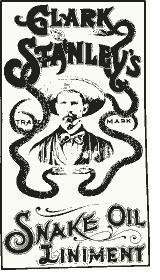Was waiting for one of the diesel boat guys to chim in. Thanks for your service. SSN 690, SSN 764, Squadron 22, SSN 709, SSN 21 Seawolf for a couple months. We didn't rely on the battery as much as the diesel boats did. I was an ETCM(SS). Went in in '83 retired in 2007. On modern day subs the ET, RM, IC and QM were merged into one big rate in the late 90s, making everyone an ET. I think that it is standard these days for a subs battery bank to be changed out during refuel, or about once half way thru the subs expected lifespan of 30 years, unless the government wants to save money. Then we chop it up when it is due for refueling at 15 years, then build a new one at 10 times the cost of the refuel 5 years later because we are short on submarines. Don't get me started.

